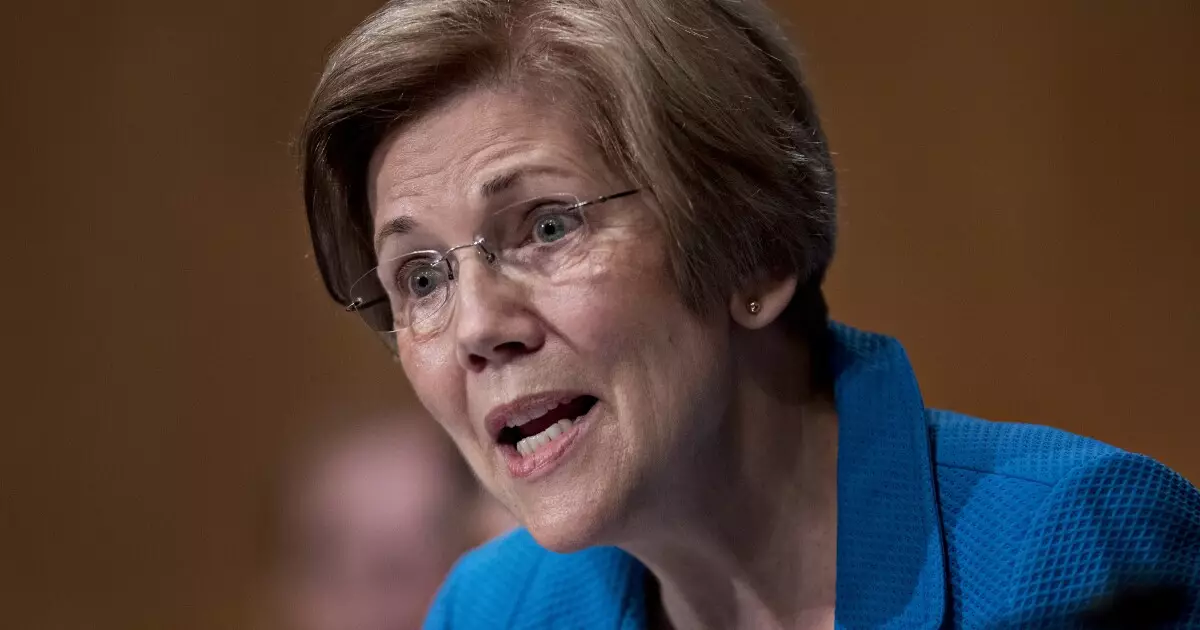In the ever-changing landscape of American infrastructure, transit funding is a contentious topic fraught with uncertainty. The ongoing struggle to secure adequate funding reveals a troubling insight: even as cities and towns increasingly rely on robust public transportation systems, support for these initiatives is waning. The Highway Trust Fund, primarily fueled by fuel taxes, has historically funneled a significant portion—20%—of its resources into public transit. However, as various political factions grapple with budget constraints and competing priorities, the future of transit funding hangs in the balance.
Politicians like Rep. Rick Larsen from Washington have emphasized the necessity of maintaining transit funding during the upcoming reauthorization of the surface transportation bill. Still, one can’t help but wonder if this commitment feels more like lip service than actionable resolve. The proposed measures, including the controversial annual fees levied on electric and hybrid vehicles to compensate for lost fuel tax revenues, raise questions about equity and long-term sustainability. Why should dependency on such fees dictate the funding landscape?
The Role of Political Will and Public Perception
Senator Elizabeth Warren’s assertion that persuading bipartisan support for sustaining transit funding is paramount exposes a significant hurdle. The ideological divide often leads to misplaced priorities where the average commuter’s needs are overshadowed by an obsession with new highways and roadways. The rhetoric surrounding transportation funding highlights an alarming trend: while both parties claim their commitment to infrastructure, their true allegiance is to the asphalt and concrete that symbolize an outdated vision of progress.
This misalignment between public perception and political action cannot be ignored. As transit systems frequently face criticism for service inefficiencies or perceived safety hazards, these narratives overshadow their invaluable role in urban mobility. Department of Transportation Secretary Sean Duffy’s critical stance on transit safety formulates a narrative that paints public transit as a breeding ground for societal detriments—a characterization that is both damaging and misleading. It incites fear rather than encouraging a clear and rational discourse on how public transit can evolve to meet modern demands.
Transit: The Ugly Stepchild or the Future of Urban Mobility?
Another notable aspect of the discussion is Secretary Duffy’s insistence on a neutral approach to transportation funding. However, framing public transit as merely one option among many neglects a fundamental aspect of urban planning and sustainability. In a world grappling with climate change and urban congestion, increased investment in transit should be a priority—not an afterthought.
Striking a balance between modes of transportation is vital, but to downplay the importance of clean public transportation threatens to derail urban environmental initiatives. Instead of positioning different transportation modes against each other, we should frame the conversation around how they can work together harmoniously. A robust public transit infrastructure must be seen as a cornerstone of a sustainable future rather than a troublesome liability.
A Note on Local Initiatives and Community Engagement
As funding dynamics shift, local initiatives become essential for navigating the infrastructure conundrum. Many municipalities are exploring creative approaches to financing their public transit systems, from increasing local taxes to fostering public-private partnerships. However, this places immense pressure on local governments already stretched thin by competing demands. The challenge remains: how can we encourage community engagement in shaping a sustainable transit model while simultaneously addressing funding inconsistencies?
Moreover, as New York City faces threats to its federal highway funds due to congestion pricing proposals, we must recognize that urban environments need flexibility and innovative policies rather than punitive measures for their funding dilemmas. The struggle for funding should serve as an impetus for a broader dialogue around how to support transit systems, including reassessing outdated policies that no longer serve the needs of modern societies.
Ultimately, the conversation about public transit funding must go beyond ballots and budgets; it should incite a movement towards inclusive, sustainable strategies that truly serve the needs of urban populations. Recognizing transit not merely as an amenity but as an essential aspect of social and economic vitality is crucial for our urban future. In the end, the fate of public transit funding may hinge on our ability to advocate for a vision that integrates public needs with political will—because when public transit thrives, society flourishes.

